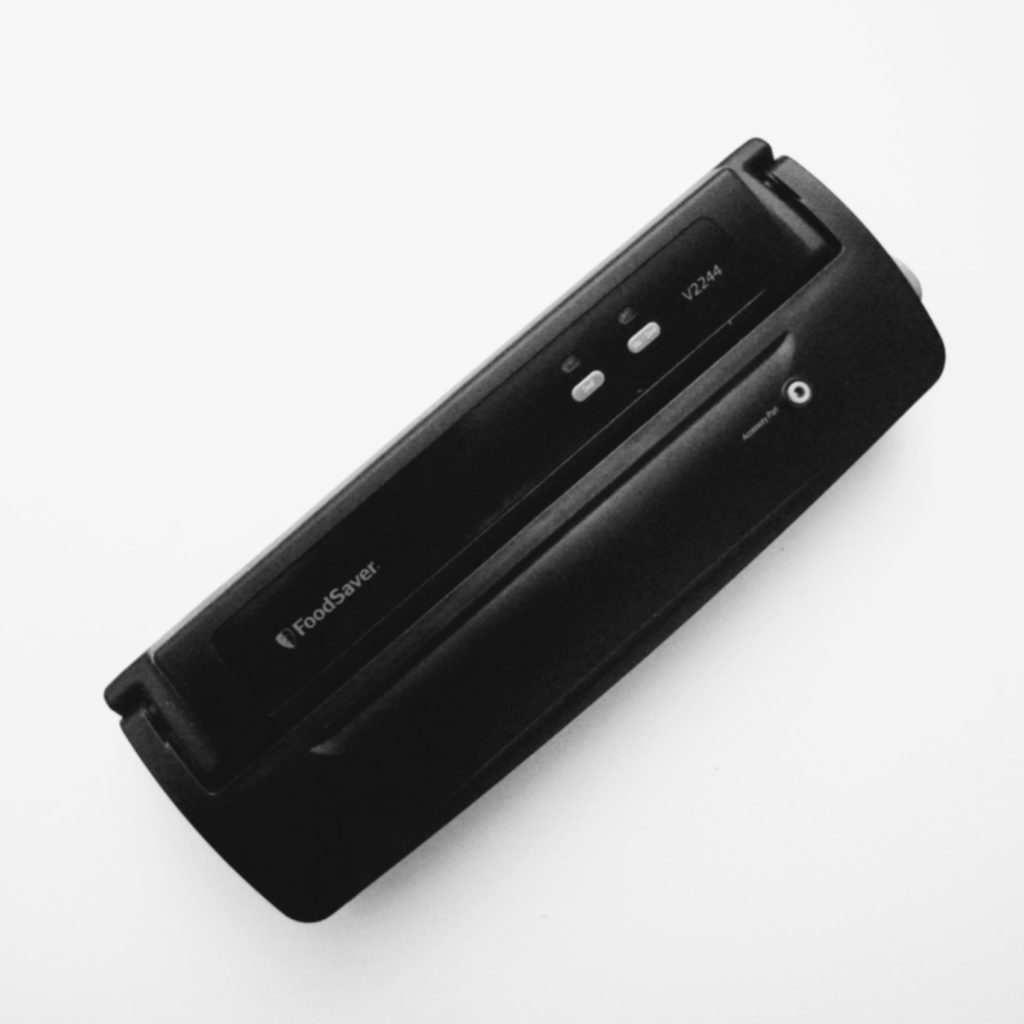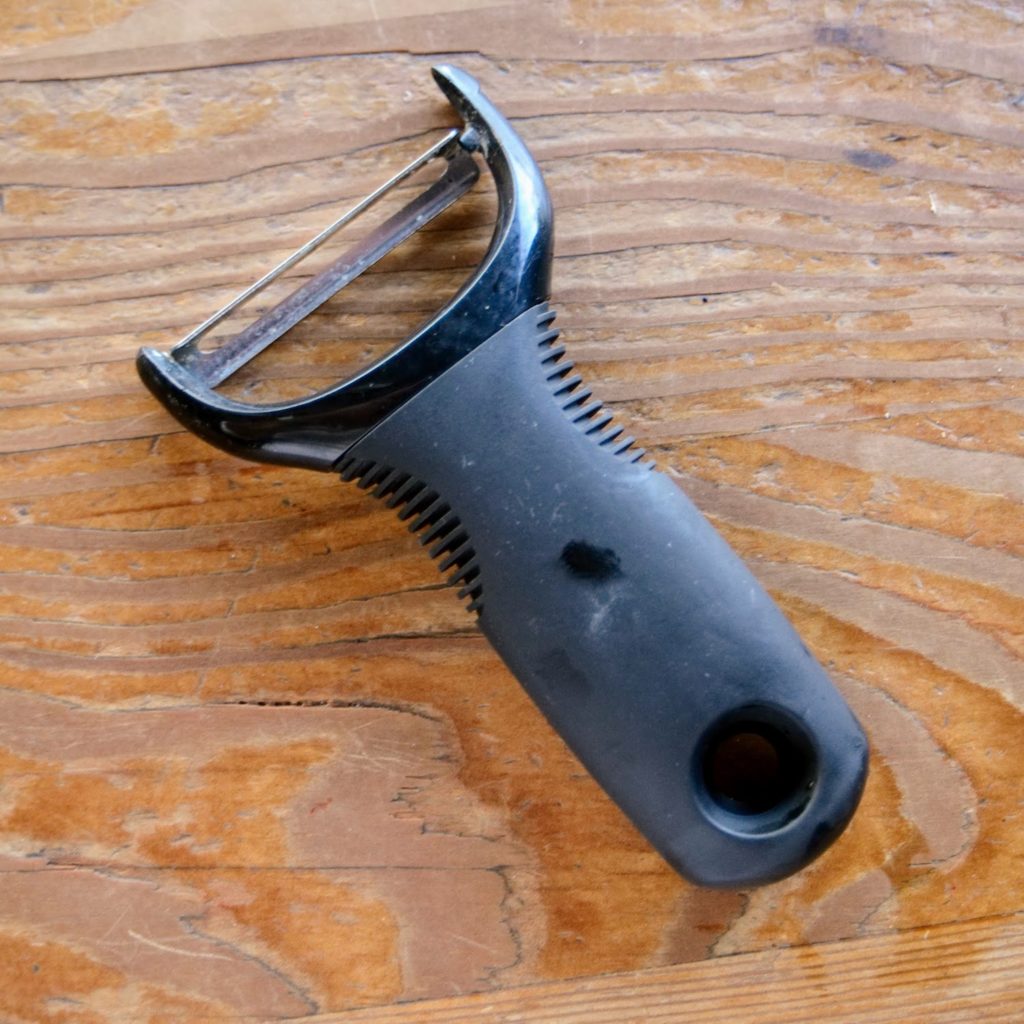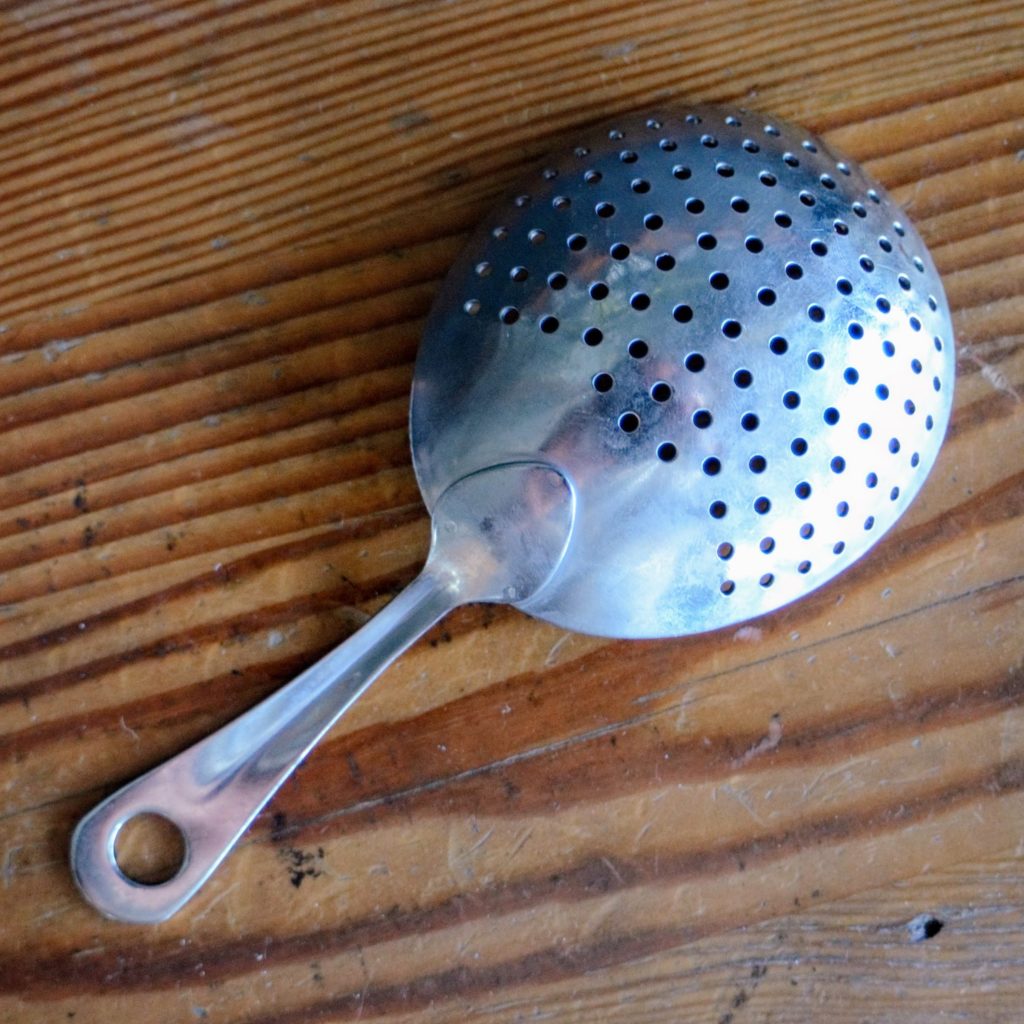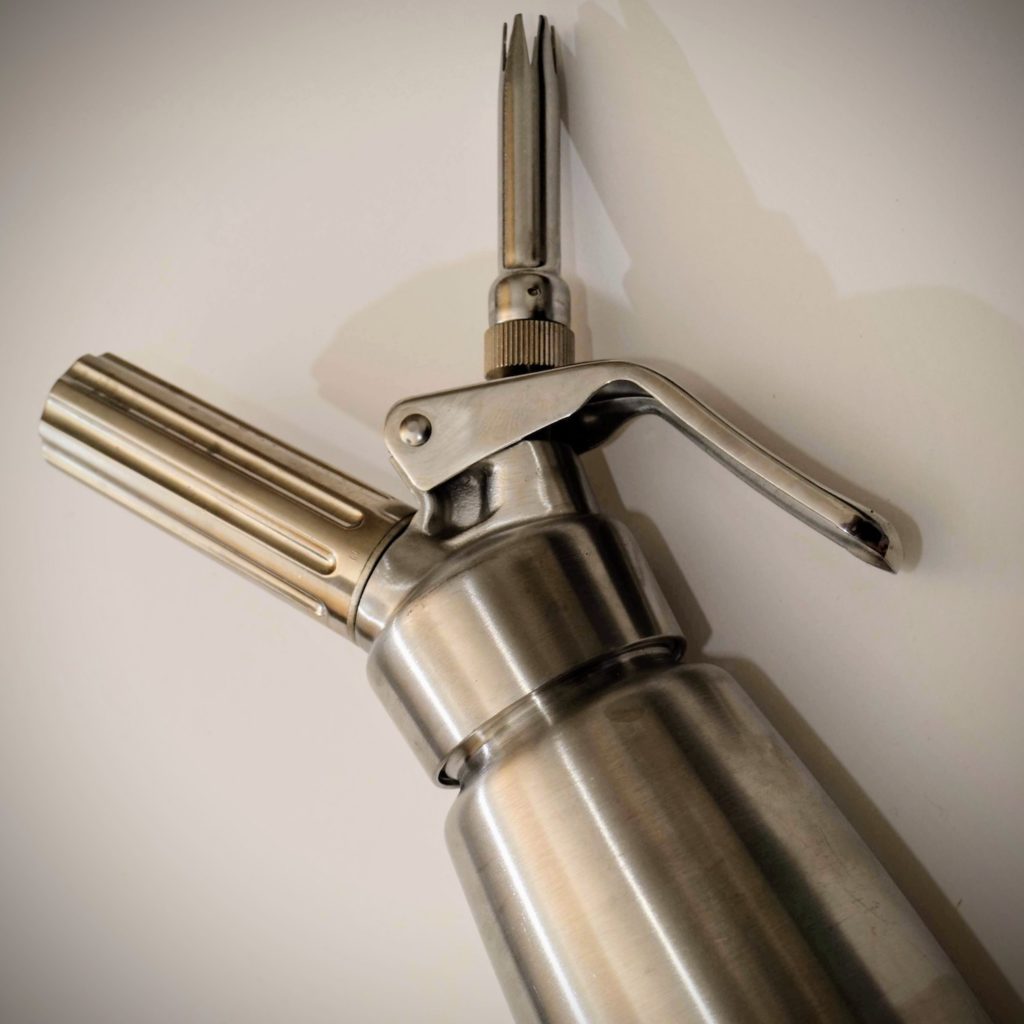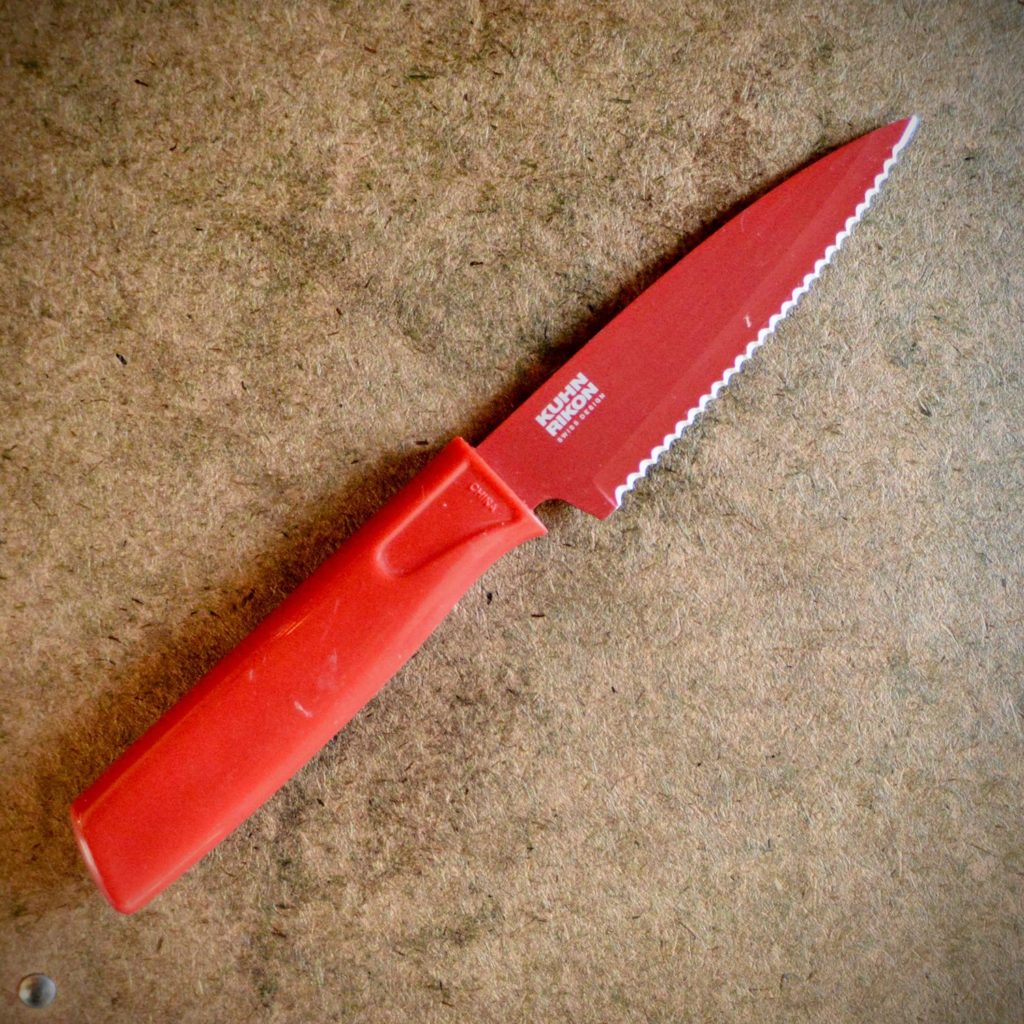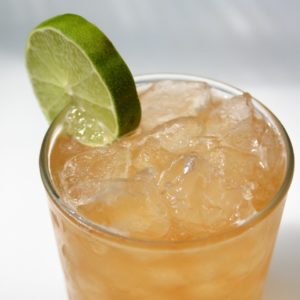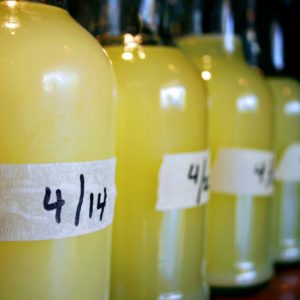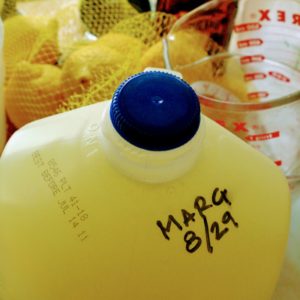The first bar I worked while in architecture school didn’t serve hard alcohol. I poured beer from taps, bottles, and cans. I slopped bowls of chili, and didn’t actually make anything during my first four years behind the bar. But I was interested in learning how to make cocktails, and had the good fortune early on to stumble across then San Francisco bartender Paul Harrington’s excellent writing on the (now defunct) Cocktail Time section of the Hotwired website. And it was there that I discovered the first cocktail I would eventually fall deeply in love with: the Sidecar.
Paul’s words about the drink’s structure stay with me to this day, “Two parts strong, one part sweet, and one part sour: These are the golden proportions of the classic cocktail, the Pythagorean formula of bibulous bliss. And if you can make a brilliant Sidecar, you can make many a classic cocktail.” Something about this genteel drink’s geometry spoke to the young architecture student in me, and I soon set out to master it.
Now, while this simple blueprint of “two strong, one sweet, and one sour” made for a formula that was easy to remember, I couldn’t shake the feeling that there was something I wasn’t getting about this drink. For years I chalked it up to not yet having developed a sophisticated enough palate to fully appreciate the Sidecar. I would come back to the drink from time to time, and as the years went on I came to realize something that many bartenders are often too ashamed to admit in public: the drink, when made this way, isn’t sweet enough for me.
Even with its signature sugared rim (optional) I didn’t experience the full mouthfeel and rich mid-palate that I experienced in other drinks I enjoyed. So I subjected Harrington’s design to a little remodel, and added a teaspoon of rich simple syrup.
Rich simple syrup is any good bartender’s secret weapon, and it’s easier to make than some folks might try to tell you. Here’s how you do it: weigh out a half pound of sugar. a quarter pound of water, and then combine the two and heat slowly while stirring from time to time until the sugar is dissolved. And yes, you can even do this in a microwave. Easy.
These days, Paul is now an architect and I’m the guy who writes about cocktails on the internet. But fortunately for us he still keeps his hand in the game by owning a little spot in Spokane, Washington called Clover. Which is good news for us because any good bartender, like a good architect, will always continue to provide the world with a body of work that can be appreciated by all.
Sidecar
1½ oz cognac
¾ oz Cointreau
¾ oz lemon juice
1 tsp rich simple syrup
Combine ingredients with ice in a cocktail shaker and shake until well chilled. Strain into a chilled cocktail glass. Garnish with an orange or lemon twist.


